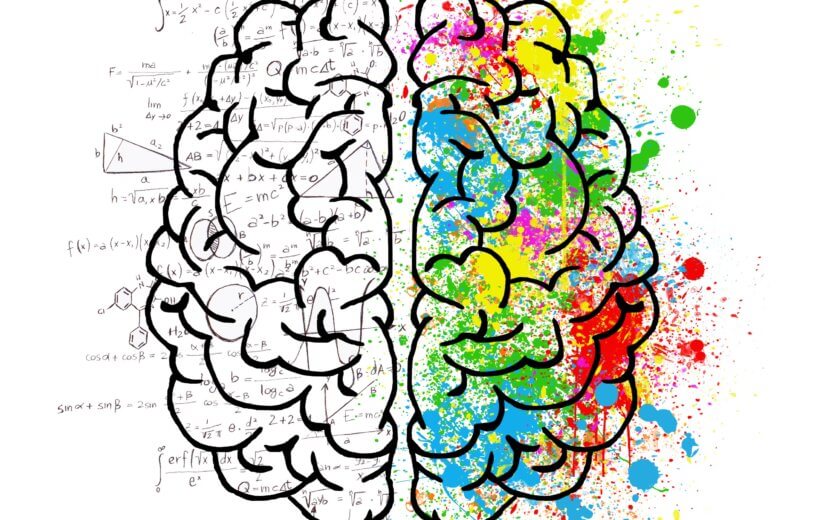NEW YORK — Fear is among the most basic and primal of all human emotions. It’s an absolutely essential ingredient of our genetic makeup, and a big reason why we’ve survived, as a species, for thousands of years. That being said, irrational or overpowering feelings of fear can also negatively impact an individual’s quality of life. So how does one overcome their own fears? A new study concludes that using your imagination to visualize a threat can help an individual conquer a fear.
Researchers from the Icahn School of Medicine at Mount Sinai believe their findings could have wide-ranging implications for anxiety and other fear-caused disorders.
The study focused on how fear is learned and unlearned. Generally speaking, individuals learn to fear unpleasant things or experiences rather quickly. Those feelings of fear tend to recur when certain cues, such as sights or sounds associated with the unpleasant experience, are sensed once again. In more extreme cases, this can negatively impact one’s mental health and life, contributing to underlying emotional disorders like post-traumatic stress disorder, phobias, and general anxiety.
One of the best ways to remove these recurring feelings of fear is to experience those threatening cues without the negative experience. This is called “threat extinction,” and is the most commonly used treatment for fear-related disorders. Of course, threat extinction isn’t always a viable option, especially if it is practically impossible to recreate the threatening cues without also bringing about a negative experience. For example, one can’t recreate a war zone experience.
In such cases, researchers at Mount Sinai started working with patients’ imaginations in an effort to bring about fear cues internally, without actually bringing them back to real world fear-inducing situations. Physicians were pleased with their initial results, but the idea of using imagination to conquer fear hadn’t received any recognition from the neuroscientific learning community. So, this study was conducted in an effort to better understand the relationship between fear and imagination.
The researchers exposed 68 participants to two different sounds, one of which paired with an electric shock. Then, participants were split into three randomized groups. The first group was asked to recreate the two earlier noises in their mind to the best of their ability. The second group heard the two noises in real life one more time, and the third were told to imagine unrelated calming noises. This third group acted as a control group.
Following this phase of the experiment, each participant was shocked four more times without warning, and then re-exposed to the two original sounds. MRI images, and skin conductance responses, were recorded from each participant throughout each phase of the experiment.
“We found that imagined extinction and real extinction were equally effective in the reduction of threat-related neural and physiological responses elicited upon re-exposure to real-world threatening cues,” explains Dr. Daniela Schiller, senior author of the paper, in a release. “More specifically, neuroimaging results indicated that imagined extinction, like standard extinction, activated a network of threat suppression involving the ventromedial prefrontal cortex as a central hub.”
Simply put, researchers say that imagining fear-inducing cues has the same effect on the brain as actually experiencing real world cues without the real world negative stimuli. This allows the individual to better subjugate and control the fear they are feeling.
“Our data indicate that an internal simulation of a real-world experience can alter the way one responds to that situation in the future,” Dr. Schiller comments.
The study is published in the scientific journal Neuron.
